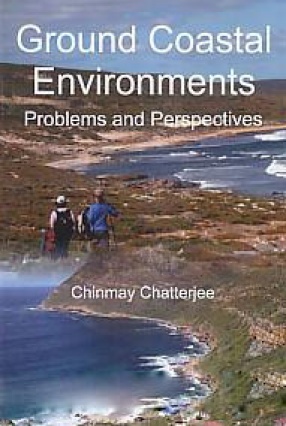Located at the interface of water and land, wetlands are rich and complex ecosystems which support biodiversity, provide valuable ecological services, and have considerable potential for tourism. In particular, millions of poor people depend on wetland ecosystems for food, water, fuel, fibre and both timber and non-timber products-indeed, for their very survival. Yet, callous neglect and unplanned development have resulted in the rapid deterioration of wetlands, fuelled largely by residential or industrial needs. This volume is a comprehensive and multidisciplinary study of wetlands, which unites the natural science perspective with strong social concerns and economic and other approaches in order to design a practical national wetlands conservation strategy and action plan. In designing this strategy, it is acknowledged that while wetlands are seen as a common property resource, no one is really prepared to take responsibility for their preservation and sustainable use. Therefore, the contributors argue, an important part of any long-term strategy for protecting wetlands must involve local users and incorporate traditional knowledge. The contributors make a strong case for the coordinated management of wetlands and outline various social, economic and ecological indicators which can be used to assess the diverse management needs of different wetlands. They argue that any chosen management strategy must be dynamic and sustainable while being flexible enough to accommodate rapid corrective action to meet the long-term conservation and restoration goals. A unique feature of this volume is its focus on the economic valuation of wetlands. While ecologists are usually averse to putting a price on what is considered invaluable, the contributors to this book argue convincingly that by not considering the economic benefits of wetlands, their conservation status is actually undermined because their diverse economic contributions remain largely unrecognised or undervalued. The volume therefore provides an overview of various techniques that are generally applied in the economic assessment of wetlands and discusses their merits and demerits. This assessment will enable policy makers to weigh the pros and cons rationally and to arrive at a comprehensive strategy for sustainable development. Bringing together well-known experts from a variety of disciplines and dealing with an issue of considerable importance, this will be of immense interest to scholars and students in the fields of environment, ecology, development, biology, geography, economics and anthropology. It will also serve as an invaluable resource for policy makers, environmentalists and NGOs.
Textbook of Anatomy and Physiology
$40.50
$45.00





There are no reviews yet.